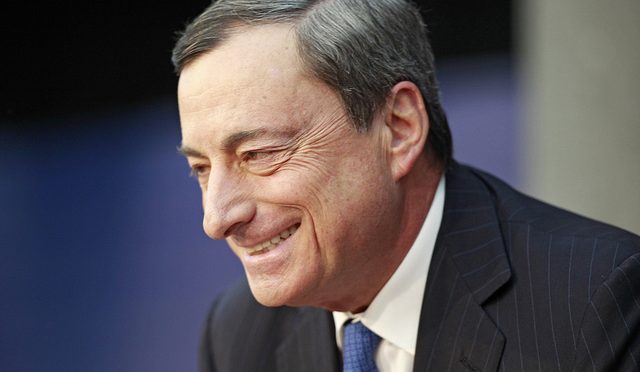The week ahead will be a busy one with three central bank meetings lined up. The RBA starts off the week with its monetary policy meeting, followed by the Bank of Canada and eventually handing over the spotlight to the ECB.
On the economic front, important GDP numbers are expected out of Australia and Japan. For AUD, it is going be a busy week as retail sales numbers are also expected during the week. The RBA Governor Lowe is expected to speak on two separate occasions as well which could keep the volatility alive in the AUD.
The US dollar will be taking a backseat, but a lot of Fed speeches are lined up. This includes FOMC voting members, Kashkari and Brainard among others. The ISM’s non-manufacturing PMI will be the main data point for the USD this week.
Here is a brief recap on what to expect from the currency markets in the week ahead.

ECB Meeting – Will Draghi respond to the market expectations?
After nearly two months since making his hawkish pitch in Sintra, Portugal, all roads lead to the ECB’s monetary policy meeting this week. Coming off the summer break, the ECB’s governing council will be looking at one of the most crucial policy meetings this year.
The speculative rally in the euro also seems to be completed as the common currency hit 1.20 against the US dollar last week before traders booked profits. The main question is whether investors will be able to build fresh long positions in the common currency. This is unlikely at this point and ahead of the ECB’s meeting.
The central bank had previously signaled that it would be looking into shaping the statement so as not to bring about too much volatility in the financial markets. Some corners argue that a stronger exchange rate at this point is not warranted. On the other hand, economic indicators continue to suggest that the Eurozone’s economic recovery is well on its way.
Latest inflation estimates showed that consumer prices accelerated at a pace of 1.5% on the year in August. Still, core consumer prices barely budged, maintaining the 1.2% increase on a yearly basis. This is still a far cry from the ECB’s inflation target rate of 2%. Officials are likely to tread a cautious path. The ECB’s current QE purchases will likely run its course in December 2017.

